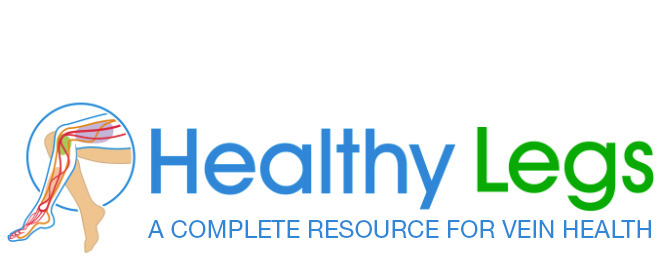What Causes Spider & Reticular Veins?
Your veins and arteries are part of your circulatory system. Arteries pump blood around your body. Once oxygen and nutrients are delivered, your blood flows into your veins, some of which are just below the skin.The forward flow of blood is ensured through:
- One way valves in the veins, preventing back flow
- Your calf muscles squeezing the blood toward your heart when you move about
- Your arteries transmitting energy to the veins to propel blood towards the heart
- Elasticity, as veins stretch and contract to help with upward blood flow
Commonly, they occur in the legs because the veins in your lower extremities have to overcome gravity and endure the most pressure to move blood back to your heart. If the pressure is stronger than the one-way valves and vein wall tone, varicose and spider veins develop.
What Are The Signs & Symptoms?
Spider veins are typically identified by their visual appearance, which can look like one or more of the following:- Red or purple spider web-like tiny veins
- The ends of jagged tree branches
- Threads
- Interconnected hairs
Apart from their visual appearance, both spider and reticular veins may come with physical symptoms such as:
- Discomfort in your legs
- Itchiness in the area
- A burning sensation around them
What Are The Potential Complications?
Mild cases of spider and/or reticular veins are primarily a cosmetic issue, and as such they are more likely to have an impact on your confidence and lifestyle rather than posing an immediate risk to your physical health.However, even mild spider veins should be taken seriously. If your spider veins are causing you to lose confidence, feel embarrassed or have a diminished lifestyle, this can all have a significant effect on your mental health and quality of life.
More severe cases can involve greater physical discomfort and complications, such as pain, itching, swelling, burning, phlebitis, infection, bleeding and ulceration. Studies have reported up to 60% of people with spider veins having one or more of these complications.
Also, regardless of whether they are mild or serious, spider and reticular veins can be an important indicator of underlying issues in the deeper veins which if ignored can lead to more serious complications. In a high proportion of spider vein cases there is incompetence in the these deeper veins. This can lead to varicose veins, chronic venous insufficiency, and even the risk of superficial and deep vein thrombosis, ulceration and other serious problems.
It is therefore always wise to have your veins checked by a medical practitioner who specialises in this area.









